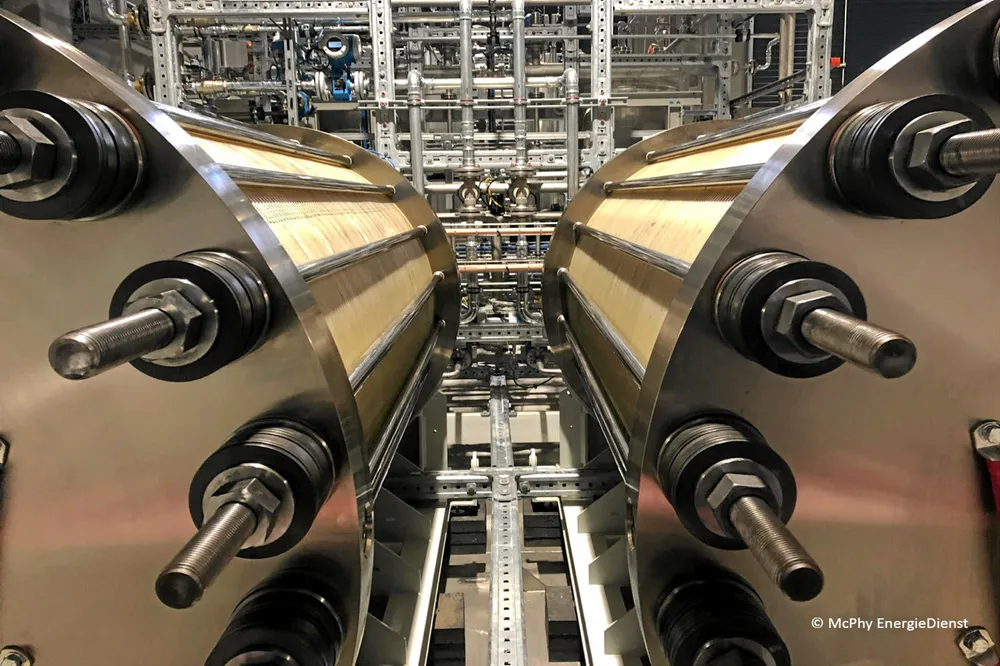'Europe on track to deliver 21GW green hydrogen electrolyser factory capacity by 2025'
But manufacturers are falling 4GW short of their own targets due to regulatory and financing issues, says H2 alliance

But manufacturers are falling 4GW short of their own targets due to regulatory and financing issues, says H2 alliance
